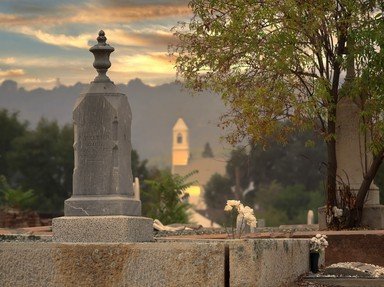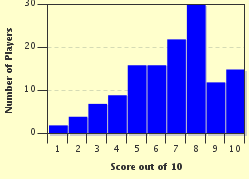Quiz Answer Key and Fun Facts
1. Which Christian denomination has the most developed concept of Purgatory as a place or process of purification?
2. In Egyptian mythology the Duat was the underworld. It had features similar to Purgatory in that a person had to pass through a dangerous landscape before they could enter the presence of the gods. Which book guided a person on this journey?
3. Which Hebrew word was used in the Old Testament/Tanakh to refer to the place where the soul would go after death?
4. Which non-canonical account of Jewish origin describes the travels of an Old Testament/Tanakh person as he ventured beyond the grave to the place where souls go after death to await judgment? (Hint: It was said of this person that he "walked with God".)
5. Which religion's version of Purgatory is called Naraka? (Hint: Their version of heaven also starts with an N.)
6. Which Caribbean dance has the same name as the first circle of Hell according to Dante, and as a state of being that arises from Roman Catholic theology but is not an official doctrine of the church?
7. Diyu or Di Yu is a purgatory-type place that combines traditions and concepts from Taoism, Buddhism, and traditional folk religion. Which country does Diyu come from?
8. Which religion's version of the boundary or wall between heaven and hell is called Araf? (Hint: If the mountain won't come to...)
9. Rabbinical Judaism uses which term to describe a place that is a cross between Purgatory (temporary punishment) and Hell (eternal punishment)?
10. What place is considered by Christians to be the resting place of Old Testament believers and by Jews to be the resting place of the righteous? (Hint: Lazarus)
Source: Author
tazman6619
This quiz was reviewed by FunTrivia editor
CellarDoor before going online.
Any errors found in FunTrivia content are routinely corrected through our feedback system.

